“I like your pants,” the waitress said to a co-worker’s little daughter, who was winding her way around and around some bar stools. The girl was wearing polka-dotted pants with frills around the cuffs, a quintessentially girly girl outfit. “Thank you,” she said sweetly. Neither of them realized that the latest rule in promoting gender equality had just been broken.
I myself might not have noticed if a very smart colleague had not enlightened me six months earlier. She had become aware that every time she saw her two young nieces, she invariably said something positive about their appearance, complimenting them on their clothes, their shoes, or a new haircut. “I decided it was sending the wrong message,” she explained to me. Now she deliberately refrains from talking about those things and focuses instead on questions about their activities or school projects. Once she pointed it out to me, examples of the knee-jerk “you look nice” reaction to little girls abounded.
“Those sunglasses look good on you,” a Little League mother says to a friend’s daughter in the stands while we were were watching the boys play baseball. “That haircut is so cute on her,” a woman says about another little girl to her mother during the boys’ soccer game. “I love that dress,” a grandmother says to her granddaughter. As a mother of boys, I had not experienced this phenomenon first hand, but once my ears were opened, I heard it everywhere.
I have a friend whose daughter likes to wears boys’ clothes. When she is introduced to strangers, their discomfort is visible as they contemplate the tough-looking three-year-old in a Star Wars T-shirt and soccer shorts. They sometimes manage to cough out a “Guess you’re a Yoda fan, huh,” but usually they are struck speechless, and she never gets the you-look-nice-type compliment.
At the other extreme, when I attended my first dance recital, I was floored by the outpouring of effusive praise for the little girls in pastel-colored leotards, puffy tutus, encased in makeup and lipstick, with their hair in sparkly buns. Many of these girls were wearing fake eyelashes—on seven-year-olds! It must have taken them hours to get ready. And you should have heard the mothers: “Taylor, you look bee-uuu-tee-ful,” one crows. Another gasps and puts her hand over her heart, “Oooo, that outfit is perfect on you.” “Mackenzie, you look so sweet—I’ve got to get a picture,” another enthuses. Even the fathers were piling on, telling the girls they looked “great” or “awesome.” No one said a single thing about stretching, eating, or hydrating before the girls danced.
The other noticeable feature of the dancing girls was that every one was wearing a bun on top of her head, proof that she had hair long enough to form a bun. Not a single girl had short hair. Another friend subsequently pointed out that every girl on the high school soccer team had long hair despite its obvious disadvantages for an athlete. Fashion seems to have outlawed any short-hair options for girls when once an array of hairstyles were allowable. Conventions about girls’ appearance seem to be narrowing, rather than broadening.
This focus on the female appearance appears prevalent, and perhaps worsening, as technology and wealth combine to “fix” any perceived flaw from hair, eyebrows, and teeth to toenails, bunions, and cankles. At my son’s high school, it was rumored that a common graduation present for the girls from their parents was a breast augmentation procedure—the implied message of which I find stunning. Features that could be considered unique or idiosyncratic are viewed with dismay and shame. Despite open acknowledgement of the heavy-handed use of airbrushing in advertisements and star-filled glossies, the pressure to conform to idealized notions of beauty is as high or higher than it’s ever been. The damage that this focus on female beauty wreaks is now well-documented, from girls’ negative self-image to bulimia and depression. While we are quick to blame those unrealistic expectations on the media and powerful public relations machinery (at least I am), perhaps we need to recognize our own complicity in emphasizing appearance when it is the first thing we say to a girl.
In the book Why So Slow, researcher Virginia Valian lays out study after study showing how parents, other adults, and other children treat girl babies differently than boy babies starting from the moment of birth. She didn’t discuss any study in which comments about the babies’ appearance were evaluated, but I speculate that coos about “a beautiful baby boy” morph pretty quickly into admiring expressions about his energy level and physical prowess rather than his aesthetic appearance. Beautiful baby girls however grow into beautiful little girls and then beautiful young women—that’s what we tell them when we emphasize daily and with each encounter the importance of the girls’ appearance from birth until age 18. It comes as no surprise that they internalize this message and conclude that their looks are the most important part of their being. If you’ve ever eavesdropped on girls talking about their hair, face shape, eye color, eyebrows, eye shadow, eye lids, eye lashes, clothes, purses, scarves, shoes, nails, nail polish, feet, toes, toe rings, and all things fashion, you know they can do this for hours. If we imagine just for a moment a group of boys having this kind of conversation, we see what a waste of time it is for girls.
Can we find our way back now that girls have been indoctrinated all their lives that what they look like is of utmost importance? Some parents address the topic head on and tell their daughters that looks aren’t their most significant attribute. My parents attempted this strategy, and it was somewhat effective. At least, I knew intellectually that my worth went beyond my appearance although I probably suffered less than the average girl from the you-look-nice badgering because I didn’t look particularly nice, falling more in the camp of my friend’s daughter who likes to wear boys’ clothes.
Another strategy could be to follow the example of my friend and make it a rule that we don’t talk about girls’ appearance, that we consciously refrain from the you-look-nice comments. You may be surprised to discover that you are at a loss for words, so accustomed are we to turning to compliments about clothes or hair or accessories when talking to girls. It will take practice to come up with other ways of starting a conversation, but perhaps that effort will teach us to be more observant and personal, more focused on the individual girl herself, instead of falling back on the knee-jerk “You look nice.”
Telling girls that their appearance is not the most important thing about them, and then proving it by talking about something else, is a two-pronged strategy that could counteract the constant “you look nice” message. It’s worth a try.
Copyright © 2015 Jennifer K. Crittenden

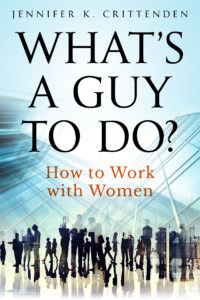

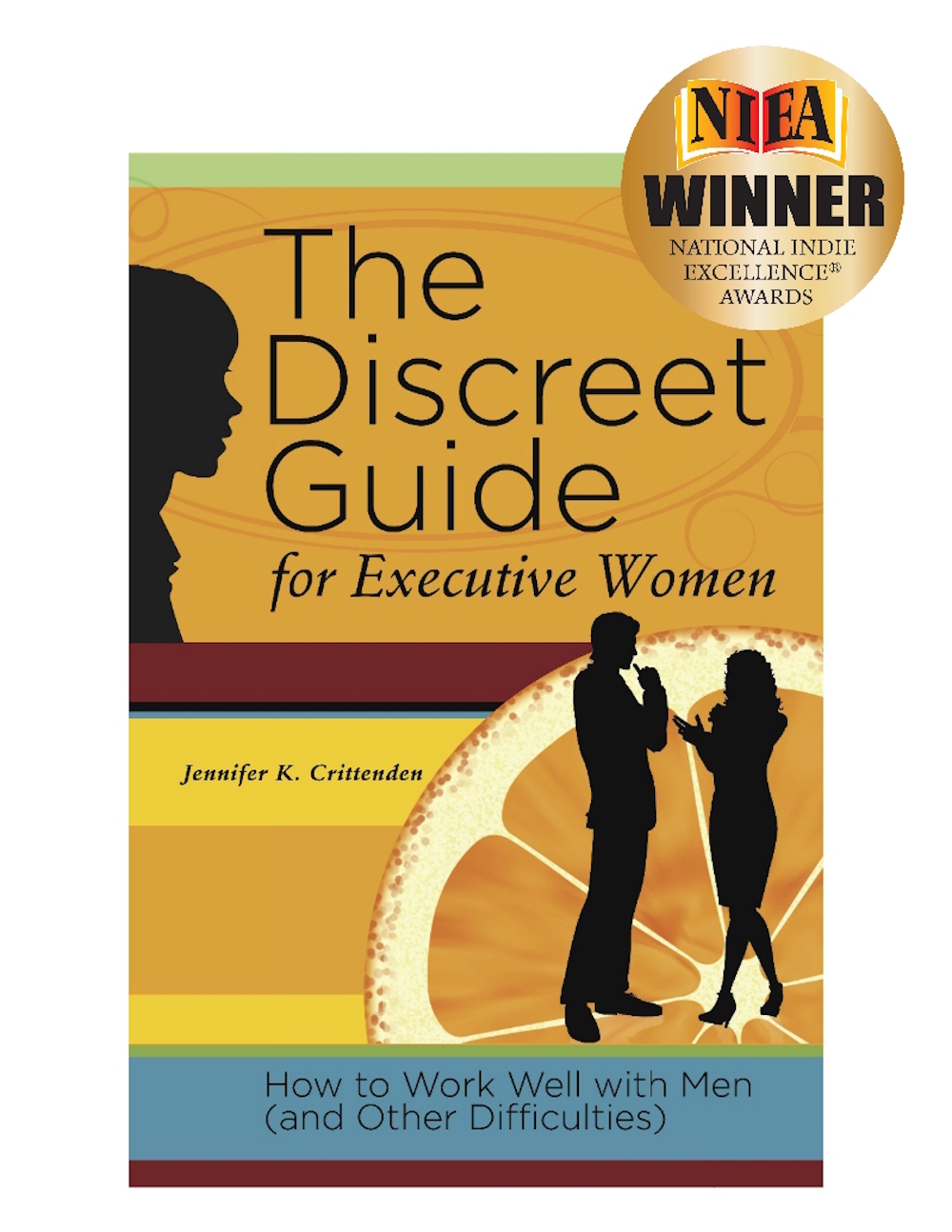
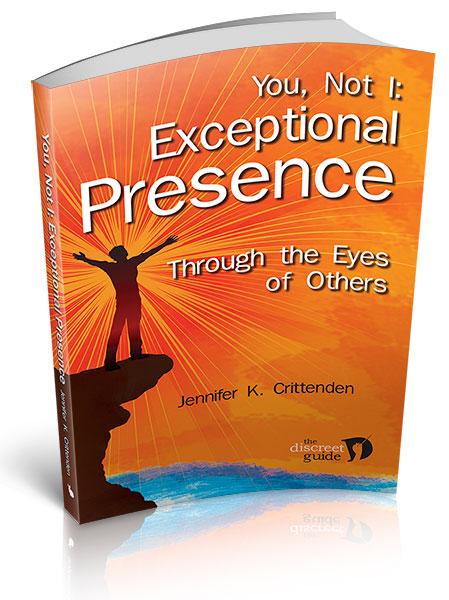
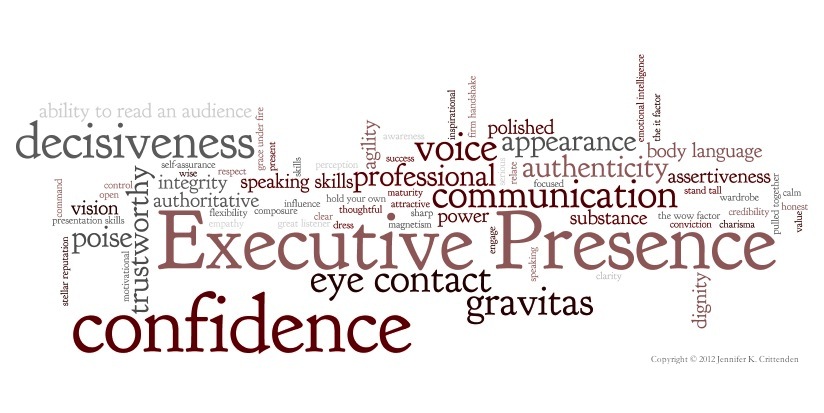 Ten 90-minute individualized sessions. Private and confidential.
Ten 90-minute individualized sessions. Private and confidential.

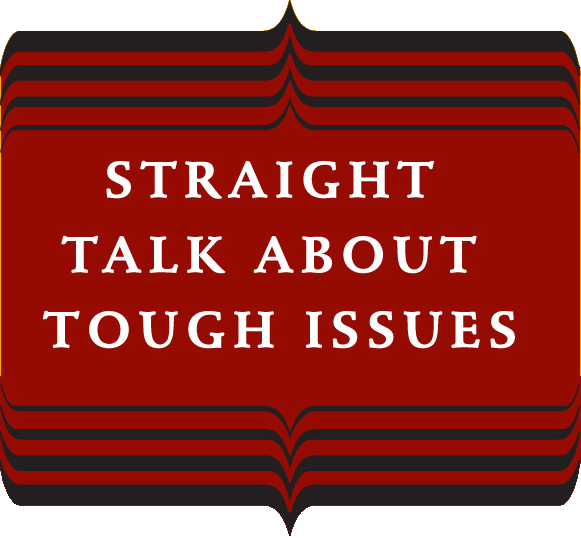
Laura
/ May 24, 2015Guilty as charged. Though I confess I probably tell boys they look handsome too often as well. I think I do this as a way to engage, to open a conversation. But you are right about the damaging cumulative effect. With every passing month, I am discovering the power of the question as a replacement for the easy statement. I love your suggestion to turn to questions when you want to say something positive and engaging. “What have you been doing today?” “Can you recommend a book I should read?” “What’s your favorite thing about your family?” All of these questions will open the conversation and lead to a much richer discussion. Thanks, Jennifer!